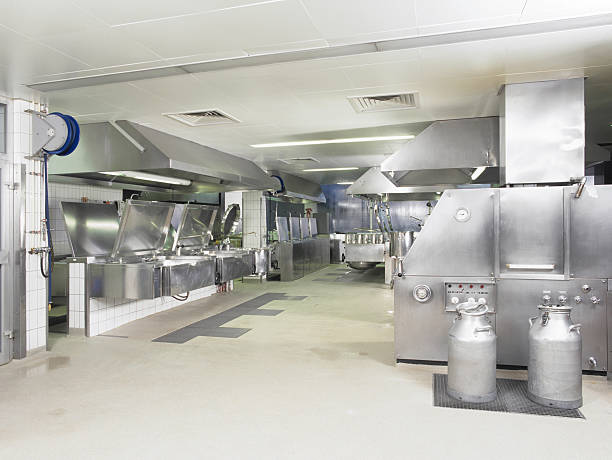Food machinery automation is widely used in
food production and processing, especially in large-scale production lines. Its
main advantages include increased efficiency, reduced costs, and ensured
product quality and safety. Automation now covers the entire production chain,
from processing to packaging and transportation.
Future trends in food machinery automation
include increased intelligence, adaptability, networking, and autonomy. With
artificial intelligence, data analysis, and machine learning, production lines
will be smarter and more efficient. Adaptive machinery will optimize processing
based on food requirements, while networked machinery will use IoT and cloud
computing for seamless integration. Autonomous machines will reduce downtime
and maintenance costs.
In summary, future food machinery automation will become increasingly intelligent, adaptive, networked, and autonomous, improving efficiency, and quality, and reducing costs and risks.




